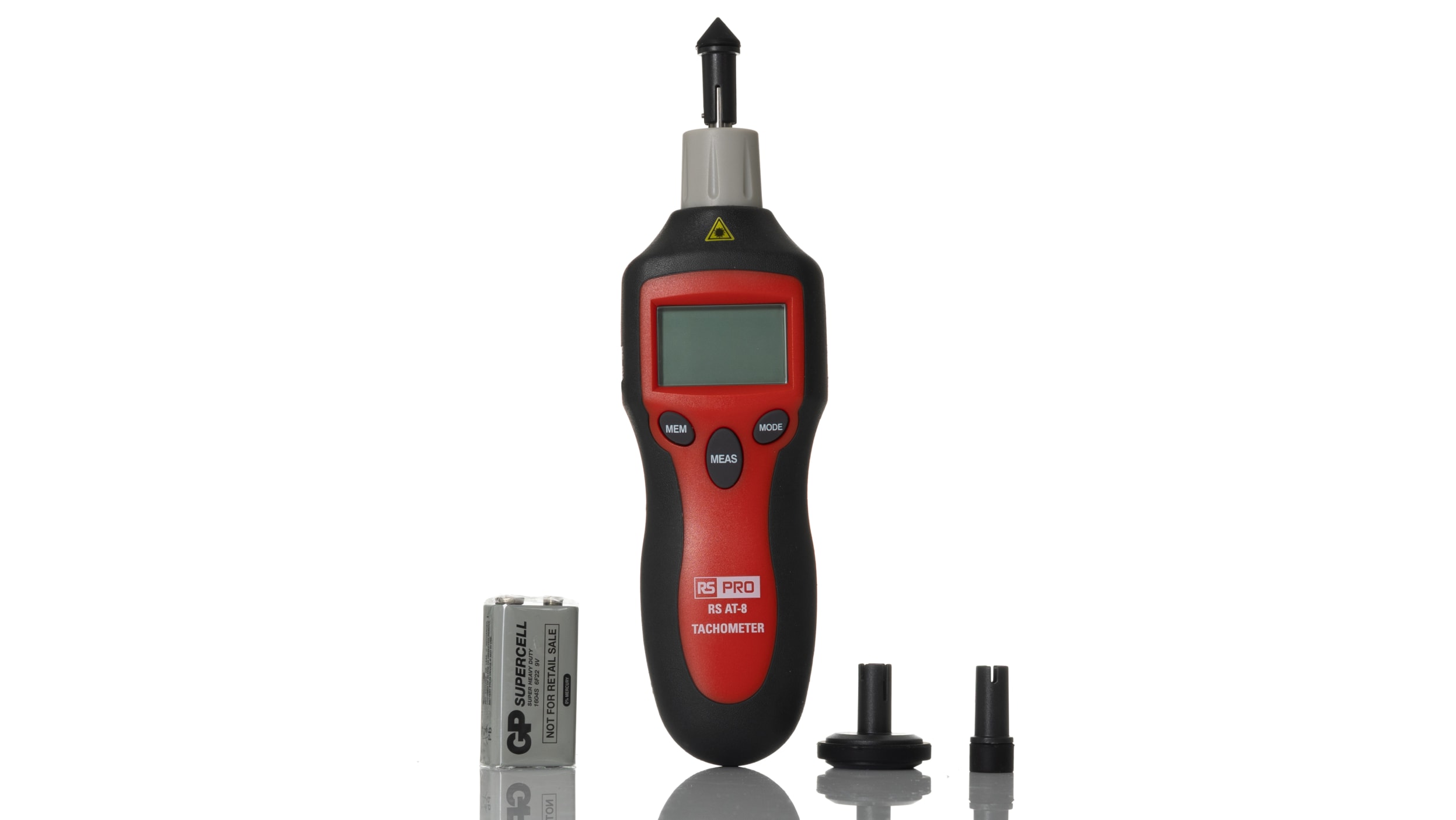Improve Your Driving Experience with a Trusted Tachometer
Improve Your Driving Experience with a Trusted Tachometer
Blog Article
The Value of a Tachometer in Keeping Track Of Engine Rate and Performance in Automotive Applications
In the realm of vehicle design, the tachometer stands as an essential instrument in the motorist's collection, giving a direct home window right into the inner workings of an automobile's engine. Past its feature as a mere scale of changes per min (RPM), the tachometer serves as a crucial tool for fanatics and professionals alike, offering real-time insights right into engine performance and wellness. Understanding the relevance of this tool goes beyond surface-level observations, delving right into the detailed partnership between engine rate, power result, and total driving experience. As we discover the multifaceted duty of the tachometer in automobile applications, a deeper appreciation for its influence on vehicle characteristics and effectiveness starts to arise.
Importance of Keeping Track Of Engine RPM
Monitoring engine RPM, or changes per min, is an essential facet of automobile upkeep and efficiency assessment. Engine RPM directly correlates with the speed at which the engine's crankshaft revolves, indicating exactly how swiftly the engine is running - tachometer. By monitoring RPM, mechanics can evaluate the wellness of the engine, find prospective concerns, and fine-tune efficiency. An abnormal RPM reading might signal issues such as engine misfires, malfunctioning stimulate plugs, or concerns with the fuel shipment system. Regularly high RPM readings can show hostile driving behaviors or the requirement for a higher equipment change to boost fuel efficiency.
Additionally, checking engine RPM is necessary for performance examination in racing and high-performance vehicles. Keeping optimal RPM degrees is essential for attaining peak power output and velocity. Racers frequently use tachometers to guarantee they are operating within the suitable RPM range for optimum efficiency. In summary, checking engine RPM is not just essential for discovering concerns but likewise for maximizing engine performance in different automobile applications.

Advantages of Real-Time Data
In vehicle applications, real-time information plays a critical role in supplying instantaneous understandings right into the efficiency and problem of the car. By constantly keeping an eye on numerous criteria such as engine rate, temperature level, gas usage, and a lot more, real-time data uses countless advantages that add to boosted performance and safety and security when driving.
One significant benefit of real-time information is its capacity to sharp motorists and specialists to any type of anomalies or issues promptly. This proactive approach makes it possible for fast recognition of possible issues, enabling for timely treatments to stop more damages or break my latest blog post downs. Furthermore, real-time data helps with performance optimization by giving prompt comments on driving habits and engine performance. Drivers can readjust their habits in real-time based on this details to accomplish better gas economic climate and prolong the life-span of their automobile.

In addition, real-time data plays an essential function in modern-day automobile diagnostics, allowing technicians to swiftly diagnose and deal with breakdowns. This leads to minimized downtime, reduced upkeep expenses, and eventually, improved general lorry reliability and durability (tachometer). By harnessing the power of real-time data, vehicle stakeholders can make informed decisions that favorably influence both the performance and longevity of the car
Influence on Gear Shifts
The tachometer plays an important duty in maximizing gear shifts by providing real-time engine rate data to the driver. When coming close to the redline on the tachometer, it signals the vehicle driver to upshift to stop over-revving the engine and creating possible damages.
Furthermore, the tachometer aids in accomplishing smoother equipment changes, particularly in hand-operated transmissions. By checking engine rate, vehicle drivers can perform gear shifts at the optimum RPM variety, lowering jerking motions and minimizing endure the transmission components. This accuracy on duty modifications not just enhances driving convenience yet likewise adds to fuel performance.
Enhancing Gas Performance
Offered the vital function the tachometer plays in enhancing gear changes for efficiency and engine health and wellness, it directly adds Full Article to making best use of gas efficiency in automobile applications. By supplying real-time feedback on engine speed, the tachometer helps drivers in keeping the most efficient RPM variety for fuel economy. When chauffeurs regularly monitor the tachometer and readjust their driving behaviors accordingly, they can avoid unnecessary fuel usage brought on by over-revving or lugging the engine.
In addition, the tachometer aids motorists identify one of the most fuel-efficient equipment to be in at any provided minute, stopping the engine from working harder than required. This is especially vital during velocity and travelling, where being in the ideal equipment can substantially influence gas effectiveness. Additionally, Check This Out the tachometer can notify vehicle drivers to prospective mechanical issues that might be adversely influencing gas economic situation, such as a slipping clutch or a clogged up air filter. To conclude, the tachometer serves as a useful device in improving gas efficiency by advertising optimum driving behaviors and recognizing locations for improvement in the vehicle's performance.

Making Best Use Of Engine Longevity
The tachometer's duty in monitoring engine speed and performance is important in guaranteeing the durability of automobile engines. Keeping an eye on the tachometer allows chauffeurs to stay within the advised RPM variety for their automobile, avoiding unneeded stress on the engine and extending its lifespan.

Final Thought
To conclude, the tachometer plays a critical role in checking engine rate and efficiency in automotive applications. By giving real-time data on RPM, it permits efficient gear shifts, enhanced fuel efficiency, and optimized engine long life. This tool is essential for maintaining ideal engine efficiency and guaranteeing the general performance of a vehicle.
Report this page